Half-Marathon Walking: Tips + Free Training Plan
Walking a half-marathon is no easy feat. But it is a great accomplishment for anyone brave enough to try.
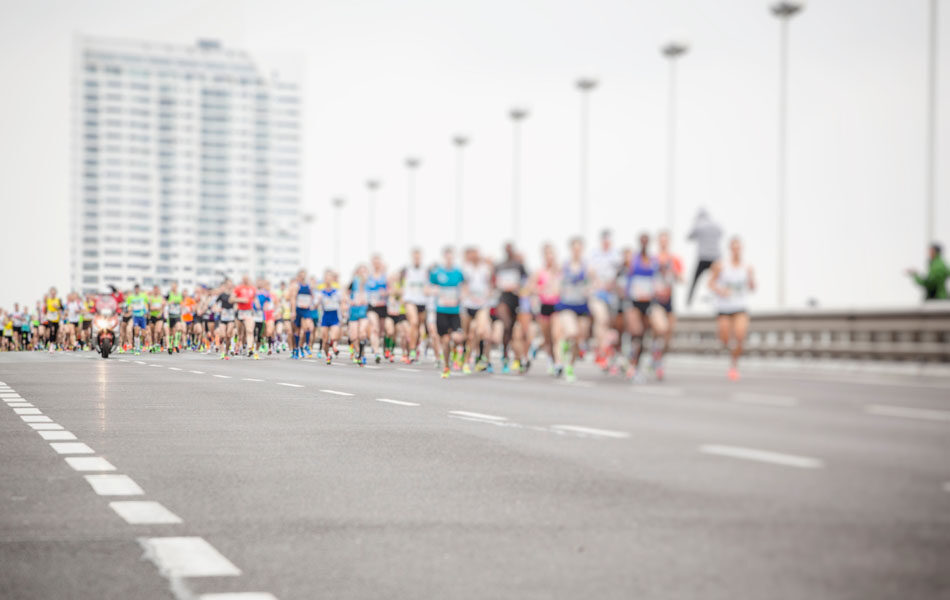
Doing a half-marathon walk will take most people between 3 and 4 hours.
And while this might not seem like a lot of time, having to walk an average of 1 mile every 15 minutes – which is as fast as most people run – is not easy and can leave your body feeling achy and sore afterward.
If you’re thinking about walking a half-marathon, keep reading to learn more about how to prepare for your big race, including information about two different training methods that can help get you half-marathon-ready.
How Long Does It Take to Walk 13 Miles?
The distance of a half-marathon is 13.1 miles. Most people who walk a half-marathon take 3–4 hours to cross the finish line, but this will depend on your specific fitness level and what feels like a comfortable pace for you.
To walk a half-marathon in under 4 hours, you would need to walk a mile, on average, every 15 minutes.
Who Is the Fastest Half-Marathon Walker?
Most of the records for half-marathons have been set by people who ran the race and weren’t limited to walking.
Race walking is a sport with guidelines that ensure everyone involved sets a walking pace, and the length of the race most similar to a half-marathon is 20km (12.4 miles).
There are several world record holders for 20km race walks, most notably Yusuke Suzuki, who managed to cross the finish line in 1:16:36 hours, and Sergey Morozov, whose fastest pace was only 7 seconds slower.
Both of these men averaged a mile every 10.5 minutes, which is around the pace you could expect most reasonably fit individuals to be able to run a mile.
How Long Should You Train for Walking a Half-Marathon?
How long it takes to prepare your body to walk a half-marathon depends on your present fitness level or how frequently you go for long walks.
Realistically, reasonably fit people could walk a half-marathon and expect to complete it but will most likely experience leg fatigue, blisters, and possibly even overuse injuries like shin splints.
Instead, it’s better to take time to build endurance and get your body ready for race day. If you create a half-marathon training plan and follow it closely, it will take 1–4 months of regular walks to prepare for race day.
Beginners should start bumping the length of their weekend walks four months before a planned race and follow a training schedule that gets them to where they can comfortably walk 7–10 miles in the weeks leading up to the race.
If you’re not already a regular walker, creating new training programs that match your fitness level and provide enough of a challenge can be difficult, especially since you want to be mindful of not taking on too much too soon.
For anyone worried about finding that sweet spot where they work their body without injury, downloading a walking app will be a great choice and can be as effective as hiring a running coach.
Walking.Diet is an app that uses a combination of running plans personalized to match your unique fitness level, with the option to add meal plans, perfect for kickstarting your half-marathon training.

- Offers walking training plan
- Provides warm-up and cool-down workouts before and after walking workout
- Includes keto desserts cookbook
- Offers the articles about food and nutrition, walking gear
5 Tips to Prepare for Walking a Half-Marathon
Taking on the goal of walking a half-marathon can be both exciting and overwhelming. Preparing yourself properly beforehand is the best way to tip the scale in a positive direction.
#1 Don’t forget to hydrate and fuel during a long walk
Although it might not seem overly important, participating in any race of this size will be made easier by fuelling and hydrating yourself properly throughout your walk.
The symptoms of dehydration include muscle fatigue, dizziness, and confusion. Not only can becoming dehydrated affect your overall performance, but it can actually be dangerous because water is what allows your body to cool down as you exercise.
Taking energy gels with lots of water is the best way to ensure you have ample energy and stay hydrated, so you won’t run the risk of overheating or getting sick while you walk.
#2 Pick comfortable shoes
Although they have similar designs, there are actually two different styles of running shoes, one of which is better suited for long walks since they have soles that allow for more flex and bend as you move.
Specific walking shoes also have a shorter heel than running shoes since less cushioning is better for walking gait. Walking long distances can leave you at higher risk of tendinitis and shin splints.
It’s also important to make sure you replace your shoes when they are worn out, which will be approximately every 300 miles.
#3 Practice cross-training
Another way to get your bones and muscles ready to walk a half-marathon is to cross-train.
Cross-training can include things like strength training, running, and cycling. These different exercises boost your muscle growth faster than you would experience from just walking.
Lifting heavier weights can increase your bones’ load-bearing potential, preventing things like shin splints when you walk.
Doing calf raises and hip abductors can stabilize the tibia. Focusing on heavier weight and lower reps can limit your repetitive motion, keeping your lower legs from becoming unnecessarily aggravated.
#4 Get proper sleep
Getting enough sleep is an important part of any half-marathon training plan. When you rest, you give your body the chance to focus on repairing any small muscle tears you created from exercising.
Being sleep-deprived will translate into your muscles being deprived of the time they need to repair fully. This can not only stunt your performance but also cause your muscles to become weaker.
Not only that, but you will also leave yourself at higher risk of injury.
Most adults function at their best when they’re getting between 7–9 hours of sleep a night, so if you plan on participating in a half-marathon, penciling in enough time for rest will help you prepare for your best race performance.
#5 Try different types of walking
Preparing for a half-marathon should include a variety of walking workouts, not only because it can help you build up your walking endurance more quickly but also because it can make your half-marathon training program feel less monotonous.
Chi walking is a style that uses many of the postural cues practiced in tai chi. Practicing chi walks can be useful in improving your overall walking posture and preventing injuries caused by muscle imbalances further in the future.
Speedwalking is another form of walking that is so popular it was actually turned into an Olympic sport. Mastering this walking gait can help you reach your fastest mile time in all your half-marathons to come.
Training Plan for Walking a Half-Marathon
When creating a training schedule for any sport, it’s always a good idea to gradually increase the load – whether it’s the weight you’re lifting or the distance you’re walking.
Although this method of strengthening the body might take longer, preparing for half-marathon walking by incrementally increasing your walking distance will ensure you do not take on too much too soon.
It will also ensure your body is ready to perform come race day.
Following a strict training schedule, similar to the one found below, will help you ensure that you are increasing your walking distance in a healthy and sustainable way and will keep you from either under or over-training.
| Monday | Tuesday | Wednesday | Thursday | Friday | Saturday | Sunday | |
| Week 1 | 30min– Easy, flat | Active recovery or cross training– Cycling or strength training | 30min– Easy, flat | 30min– Easy, flat | Active recovery day | 30min – Brisk/hilly | Passive rest day |
| Week 2 | 40min– Easy, flat | Active recovery or cross training– Cycling or strength training | 40min– Easy, flat | 40min– Easy, flat | Active recovery day | 40min– Brisk/hilly | Passive rest day |
| Week 3 | 50min– Easy, flat | Active recovery or cross training– Cycling or strength training | 50min– Easy, flat | 50min– Easy, flat | Active recovery day | 50min– Brisk/hilly | Passive rest day |
| Week 4 | 60min– Easy, flat | Active recovery or cross training– Cycling or strength training | 60min– Easy, flat | 60min– Brisk/hilly | Active recovery day or passive rest day | 60min– Easy, flat | Passive rest day |
| Week 5 | 30min– Brisk/hilly | Active recovery or cross training– Cycling or strength training | 30min– Brisk/hilly | 30min– Brisk/hilly | Active recovery day or passive rest day | 30min– Brisk/hilly | Passive rest day |
| Week 6 | 45min– Easy, flat | Active recovery or cross training– Cycling or strength training | 45min– Brisk/hilly | 45min– Easy, flat | Active recovery dayor passive rest day | 5 miles– Easy, flat | Passive rest day |
| Week 7 | 70min– Easy, flat | Active recovery or cross training– Cycling or strength training | 70min– Easy, flat | 70min– Easy, flat | Active recovery day or passive rest day | 7 miles– Easy, flat | Passive rest day |
| Week 8 | 80min– Brisk/hilly | Active recovery day or passive rest day | 4 miles– Easy, flat | 80min– Easy, flat | Active recovery day or passive rest day | 6 miles– Easy, flat | Passive rest day |
| Week 9 | 90min– Brisk/hilly | Active recovery or passive rest day | 5 miles– Easy, flat | 90min– Easy, flat | Active recovery day or passive rest day | 7 miles– Easy, flat | Passive rest day |
| Week 10 | 90min– Easy, flat | Active recovery or passive rest day | 6 miles,– Brisk/hilly | 90min– Easy, flat | Active recovery day or passive rest day | 8 miles– Brisk/hilly | Passive rest day |
| Week 11 | 60min– Easy, flat | Active recovery or cross training– Cycling or strength training | 90min– Brisk/hilly | 60min– Easy, flat | Active recovery day or passive rest day | 90min– Brisk/hilly | Passive rest day |
| Week 12 | 45min– Easy, flat | Passive rest day | 30min– Easy, flat | 15min– Easy, flat | Passive rest day | 15min– Easy, flat | Race day! |
In the weeks leading up to your half-marathon, it’s important that you drastically decrease the amount of walking you do.
This is a time that is best spent eating healthy, nutrient-rich food and focusing on allowing your muscles to recover from your marathon training schedule completely.
Continuing your half-marathon training at too high of intensity will prevent you from having the strength and energy you need come race day.
Most people who train for long-distance running or walking events agree that it’s better to be a little too rested than not rested enough, so you can spend the final week before race day enjoying guilt-free relaxation.
A Word From Our Coach
Feeling nervous about your upcoming half-marathon event? Finding ways to help you mitigate your mental stress will be as important as the physical preparation you undergo while getting ready for your big day.
Often, we spend more time worrying about upcoming events than is necessary, and the same is true for most big races.
The months leading up to your half-marathon are an excellent time to take up practices like meditation, treat yourself to more hot baths, and take a few extra moments every day to envision a successful race day.
Even walking a half-marathon is a big feat, something that many people are never brave enough to do. Feel proud of yourself for taking on a big endeavor, and try to find some fun in preparing your body. Doing this can help make the preparation beforehand a lot more enjoyable.
Bottom Line
Walking a half-marathon is accessible to everyone as long as they train properly beforehand.
Beginners, and people new to walking, will want to give themselves ample time before their race to prepare – at least 3 or 4 months – while more regular walkers will need only 1 or 2 months of half-marathon training.
Using a walking app or following a walking schedule is the best way to prepare your body for this lengthy race.












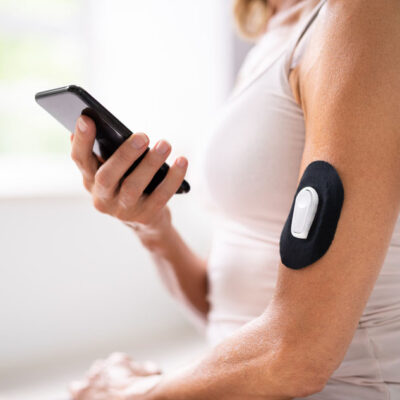





















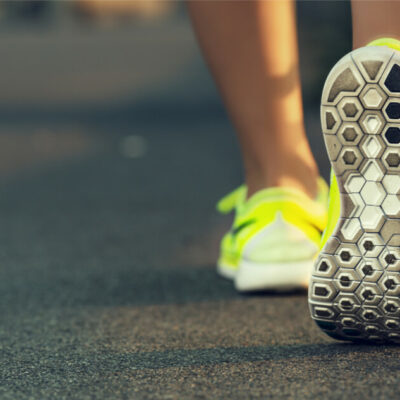
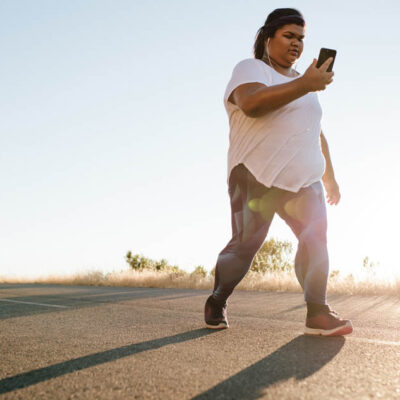


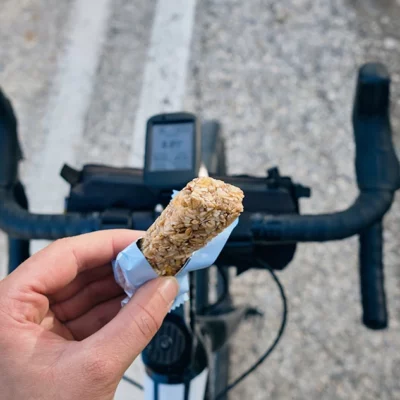










 Select your language:
Select your language: 








